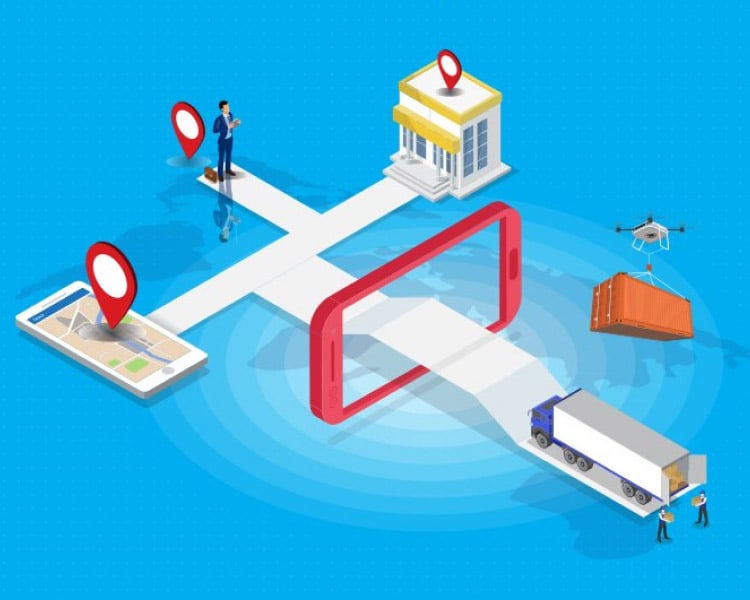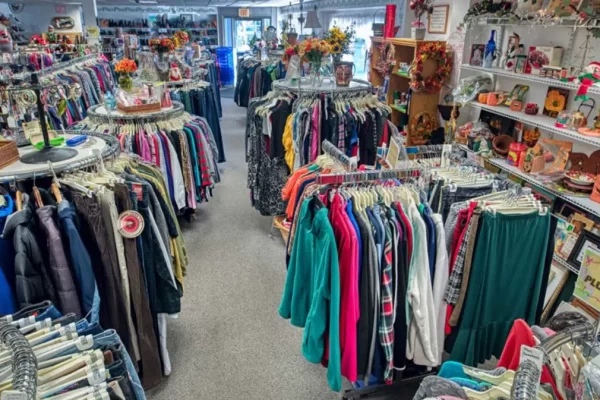Partnering with a 3PL (third party logistics) company will help you provide outstanding customer service through an efficient fulfillment funnel. However, you must understand the eCommerce fulfillment process and components to get the most out of a third-party logistics and cross-border fulfillment company. That is all international eCommerce fulfillment aspects ranging from receiving to delivering orders.
Consumer preferences are changing, and more customers are looking for convenience in accessing a wide range of products and services. The industry does not matter; for instance, gamblers find it better to play casino games on online platforms like Juicy Stakes than go to a traditional casino venue.
Understanding your customers’ e-commerce needs and aligning your fulfillment will put you on the map in this industry.
What Is ‘International Ecommerce Order Fulfillment’?
Billions of packages are shipped globally yearly, making fulfillment a mundane part of today’s global commerce. International fulfillment involves fulfilling orders for customers outside the geographical boundaries of an eCommerce business through a third-party logistics company.
Six Critical Components Behind Successful Ecommerce Fulfillment
Fulfillment can be expensive, making 3PL and cross-border logistics companies a vital element in the supply chain. Your fulfillment process needs to be streamlined to maintain your competitive edge as an eCommerce business. Here are the key components and best practices to keep in mind to optimize the process.
- Receiving and Stock Management
The fulfillment process starts with receiving or accepting oncoming inventory from the manufacturer. It is critical to the process as it ensures the correct stock setup. The primary tasks in this component include item count and inspection of products for damages.
Stock keeping units (SKUs) for products are created, and product entry is made to warehouse management software. Inventory is then organized in terms of categories on shelves.
To ensure a streamlined fulfillment process, items should be organized SKU-wise. Real-time inventory management will monitor product movement and enhance the efficiency of the process through optimal scheduling of goods to eliminate cases of excessive inventory and stockouts.
Keeping track of inventory levels, providing security, and running regular inventory audits will maintain low shrinkage.
- Fulfillment
Picking and packing are the primary components of fulfillment. Once an order is placed on the e-commerce platform, the item is tracked through an inventory management system. The right packaging boxes or materials are picked for the ordered items.
To optimize the pick and pack process, leverage stock management software to increase the order processing rate. Utilizing warehouses located near manufacturers or customers can also speed up the process. Other best practices for fulfillment include designing the warehouse for maximum efficiency, using efficient packaging, keeping the warehouse organized, and double-checking orders before shipping.
3. Duties & Taxes
Custom charges affect the process. The charges are placed when packages leave or enter new borders, and they vary with countries. Delays in paying duties and taxes can cause delays.
Every country has different de minimis, duties, and tax rates. Understanding and optimizing your DDU vs. DDP strategy will ensure a smooth delivery experience. Clear shipment communications about duties and taxes will eliminate bottle-necks at customs clearance and surprises that may impede customer satisfaction.
- Shipping
There are several options for eCommerce shipping after the package has been picked at the fulfillment center. 3PL companies offer multimodal transportation such as ship, rail, and truck to ensure an economical and efficient route for delivery.
Working with fulfillment centers with an extensive carrier network that offers multimodal transportation will ensure cost reduction, easy freight tracking, delivery effort and time efficiency. Third-party fulfillment centers are also responsive to shipping changes, including express shortages and ocean freight delays caused by volatile rates and the lack of capacity.
- Returns Management
Returns processing or reverse logistics is a crucial component of eCommerce fulfillment. The process involves the collection, organization, and restocking of returned inventory. Efficient returns management services will not only increase consumer satisfaction but also maintain the profits of the business.
The eCommerce platform should allow customers to generate returns quickly. Returns handling guidelines should also be made very clear. Return labels should be provided, and also a dedicated area for collecting returned goods at the fulfillment center.
Analyzing data collected in the returns process will inform better fulfillment strategies that will reduce the rate of returns.
Important Role That Fulfillment Software Plays in The Entire Ecommerce Order Fulfillment Ecosystem
Fulfillment software automates the process from receiving orders to delivery. This is a valuable tool to integrate with eCommerce platforms. The software can support order processing, omnichannel management, warehouse management, and even supply chain optimization.
This means the software should import orders, enter purchase orders, view invoices, provide inventory alerts and even run reports.
- Reduction of Errors
The software plays a vital role in reducing errors in the fulfillment process, which is common with manual processes. Reduced errors mean increased customer satisfaction and increased profits for the business.
- Saves Time
It can also optimize and accelerate order delivery times by leveraging automation. This is through the elimination of manual processes that are also characterized by errors.
- Real-Time Order Tracking
Real-time order tracking plays a vital role in achieving customer satisfaction. It can reduce both buyer remorse and customer anxiety. This also lifts pressure from the customer support team.
- Streamline Fulfillment Process
The right software can optimize the fulfillment process even when the business is scaling. Making decisions around replenishing, processing, and fulfillment becomes easier and informed.
- Better Control of Data
A lot of data is collected and generated from receiving orders to delivery. It could get lost across the funnel or encounter errors. Fulfillment software allows better data control, reduces errors, and increases access to data for a streamlined process.
Data analysis is also made easier, and the information derived from it enhances fulfillment success. For instance, the company can reduce the return rate and provide prompt customer support by generating FAQs from past customer queries.
Take Away
3PL companies, such as EcomHalo’s services, handle the whole process for eCommerce businesses. Consumers are looking for efficient shipping options, which is why it is essential to optimize the process. To have a competitive advantage, leverage the support of 3PL companies that employ best practices in all components of the fulfillment process. This way, you will not only achieve customer loyalty but will also lower your overall operational and shipping costs.





